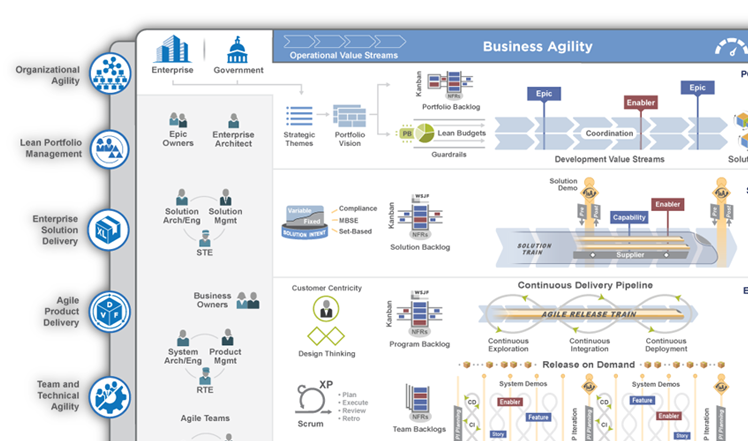File uploader

Why Does File Uploading Involve Risks?
The mechanism for receiving files from users is convenient, but if not properly designed, it can lead to serious vulnerabilities. Attackers may exploit uploads to execute arbitrary code, deplete server capacity, or distribute malicious files.
Common threats include:
- Web Shell Upload/Execution — Uploading malicious scripts for remote control.
- Malware-Infected Files — Secondary damage spreading infections to other users.
- Path Traversal — Saving to unintended locations via illegitimate path specifications.
- DoS (ZIP bombs, large files) — Depleting storage or processing resources.
- Extension/MIME Spoofing — Bypassing checks with double extensions like .jpg.php or Content-Type spoofing.
- XSS via Preview — Executing scripts during SVG/HTML previews.
The fundamental countermeasure is "Defense in Depth." It’s effective to design multiple overlapping layers of defense instead of relying on one single measure.
Countermeasures: Principles to Follow in the Design Phase
Strict Checks for Extensions and MIME Types (Whitelist Approach)
Limit the allowed extensions and ensure that acceptance is not determined solely by the extension. Verify the file’s signature (magic number) to confirm its contents. Do not trust the Content-Type header; implement measures to prevent double extensions and NULL byte injection.
File Name Safety and Renaming
Do not save the file names provided by users as they are. Replace them with unique names using UUIDs or hashes and timestamps, while storing the original file name as metadata. Handle special characters and length restrictions as well.
Storage Location and Permission Controls
It is crucial to store uploaded files outside the web root to prevent direct execution. If possible, save them to dedicated object storage (e.g., S3) and issue download links through the application. Restrict the storage folder to read/write permissions without execution rights.
Size Limits and Concurrent Upload Controls
Set a maximum file size limit and implement concurrent upload limits and rate controls to ensure service availability. If accepting compressed files (e.g., ZIP), each file must be checked after extraction.
Malware Scanning and Content Disarmament (CDR)
Immediately perform a virus scan (preferably with multiple engines) after upload, and neutralize files such as PDFs/Office documents using CDR (Content Disarm & Reconstruct). Re-encoding images (loading to new files) is effective in removing embedded malicious data.
HTTPS / Communication Protection & CSRF Measures
Always protect communications with TLS (HTTPS) and implement CSRF token measures. Include Content-Disposition: attachment and X-Content-Type-Options: nosniff in download responses to prevent browser misbehavior.
Logging, Auditing, and Alert Mechanisms
Keep detailed logs of who handled which files and when, setting up alerts for abnormal behaviors (high-frequency uploads or mass rejections). Maintaining hashes for file integrity is also effective.
Vulnerability Testing and Penetration Testing
After implementation, conduct vulnerability tests focused on file uploads (shell injection, extension bypass, path traversal, etc.) and regularly review your measures.
Case Study with UploadF
The service UploadF (uploadf.com) offers excellent convenience with support for PCs and smartphones, drag-and-drop functionality, and simultaneous uploads of up to 100 files. However, there are important considerations and innovations in service design.
Implementation Checklist (Security Design Perspective)
| Check Item | Implementation/Verification Points |
|---|---|
| Extension Whitelist Restrictions | Allow only necessary formats; blacklist is used as a supplementary measure. |
| MIME/Signature Checks | Verify if the extension matches the content (confirm magic number). |
| File Name Renaming | Replace with UUID or hash names; manage original names as metadata. |
| Special Character Removal | Remove or reject characters like `/`, `\`, `..`, NULL, etc. |
| Storage Directory | Store outside web root or in object storage. |
| Folder Permissions | No execution allowed; limit to minimum read/write permissions (principle of least privilege). |
| Maximum/Minimum File Size | Clearly define limits and check after decompression for ZIP files. |
| Concurrent Upload Control | Limit parallel counts, implement rate controls, and set timeouts. |
| Virus Scan / CDR | Immediate scans upon upload and necessary disarmament processes. |
| Communication Encryption (HTTPS) | Make TLS mandatory to prevent man-in-the-middle attacks. |
| CSRF Prevention | Implement token-based checks. |
| Response Header Settings | Include Content-Disposition: attachment and X-Content-Type-Options: nosniff. |
| Log Keeping & Alerts | Audit upload actions and notify of anomalies. |
| Regular Security Reviews | Conduct vulnerability and penetration tests regularly. |
| Automatic Deletion of Old Files | Design for complete deletion after retention periods expire. |
| Access Control/Authorization | Strictly manage access rights by user or group. |
Conclusion and User-Centric Perspective
File upload functions carry both convenience and risks. By incorporating the layered defenses indicated in this text (whitelisting, signature checks, separation of storage locations, malware countermeasures, logging and auditing, etc.) into your design, you can significantly reduce attack risks.
It is important to convey to users that the service is "easy to use yet safe." For example, services like UploadF (uploadf.com) that offer features like individual deletion and retention settings instill a sense of security.
References and Literature (Partial)
- OWASP — File Upload Cheat Sheet
- OPSWAT — File upload protection / best practices
- PortSwigger — File upload vulnerabilities
- SANS Institute — Secure file upload guidance
- UploadF (uploadf.com) — File Uploader (Introduction Site)
※ The references provided above are examples as of the time of this article's creation. Please check the official documentation for more detailed implementation materials and the latest threat information.